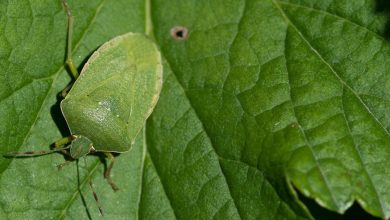Sowing Cabbage: [Growing, Care, Irrigation, Substrate and Pests]
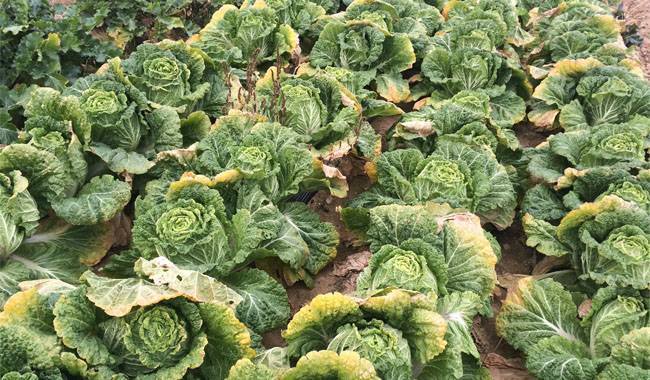
Important points for Planting Cabbage:
- When? During spring.

- Where? Place of a lot of sun exposure, minimum 8 hours a day.
- Harvest time? Between 100-140 days from sowing.
- How do we prepare the land? High nutrient content. Organic compost, animal manure. Well tilled and drained land.
- How do we water? Ideal, with drip.
- How often do we water? In summer, daily. It requires 4 cm of water weekly.
- How do we sow? Here step by step.
- Favorable associations? Celery, cucumbers, carrots, potatoes, onions, chives.
- Unfavorable associations? Cauliflower, broccoli, strawberries, radishes, or tomatoes.
- Plagues and diseases? Aphid, cabbage fly, whitefly, cabbage hernia.
Cabbage, like other cruciferous vegetables such as cauliflower and broccoli, is fairly easy to grow.
Its cultivation is widespread throughout the world and, although it requires little care, it requires certain conditions to achieve a good harvest.
In this article we tell you how to plant cabbage in a simple way.
When should cabbage be sown? The dates
Cabbage is preferably sownin early spring.
Where to grow cabbage? light needs
They need enough sunlight to grow. Cabbage should be planted in a site where it is exposed to at leastfor 8 hours in the sun.
The ideal temperature should be between 18 and 24 ºC
It should be ensured that its flowering does not coincide with very hot times, nor with environments below -7 ºC.
How often should cabbage be watered?
It requires constant watering, but it is necessary thatwater drains easily and puddles do not occur, as this can cause the root to rot.
When they are growing, it is recommended once or twice a day.
Generally speaking, cabbage plants need approximately 4 cm of water each week.
When you water, try not to do it on the plant.A drip irrigation system is recommended.
How do we prepare the land?
 Cabbage is very demanding in terms of nutrients, so it requires soils with good fertility and a high supply of nitrogen and water.
Cabbage is very demanding in terms of nutrients, so it requires soils with good fertility and a high supply of nitrogen and water.
It prefers porous soils, with good drainage, but that at the same time have the capacity to retain soil moisture.
The optimal pH is around 6.5 and 7.0.
Cabbage Favorable Associations
They pair well with celery, cucumbers, carrots, potatoes, and onions.
They don’t go well with cauliflower, broccoli, strawberries, radishes, or tomatoes.
How to plant cabbage step by step
- Clear the ground. It removes weeds and remains of previous crops and all kinds of residues to ensure that the cabbage receives the correct amount of nutrients. All plants must be pulled out by the roots to prevent them from growing back.
- Prepare the ground.
- Moisten the soil before planting the cabbages. This will prevent the seed from easily shifting
- Fertilize the soil. Spread a layer of compost about 1 cm. Compost will help conserve moisture and regulate temperature. If you prefer, you can also apply a good composition of peat and earthworm humus.
- Put the seeds in the soil.
- Create grooves 2 cm deep, 60 cm apart from each other. Then plant 2 or 3 seeds at a depth of 1 cm and cover them lightly.
- Between each hole should be kept a separation distance of between 30 and 60 centimeters.
- Water frequently and drip.
- Make sure that the soil is always moist, but without producing puddles.
- Continue watering the cabbage until the plants have four or five leaves.
- At that point, stop watering them to prevent the heads of cabbage from separating.
- Select the healthiest and strongest seedlings.The seeds will germinate in a few days.
- If more than one seed has germinated in each hole, keep the strongest one. To do this, do not pull the weak one, as you can damage the leaves. A simple pruning at ground level is sufficient.
- If you sow in a protected seedbed or in a pot, when the plant reaches 10 cm in height and has between four and five leaves, it will be ready to be transplanted.
- Fertilize the land. It is recommended to keep the substrate where the cabbage grows well nourished. A high nitrogen content is essential (plant legumes nearby, for example). Recommended organic fertilizers include fish emulsions, alfalfa, manure, blood meal, and cottonseed meal.
How to harvest cabbage
 The cabbage harvest is reached between100 and 180 days after sowing, depending on the variety.
The cabbage harvest is reached between100 and 180 days after sowing, depending on the variety.
Squeeze the head of the cabbage with your hand when it reaches between 10 and 25 cm.
If the head is solid and firm, the cabbage is ready to be harvested. On the contrary, if the head is not yet soft, it means that it needs more time to mature.
Harvest the heads by using a sharp knife to cut them off the stems. Then, place them in the shade or inside the refrigerator until you decide to consume them.
Cabbage pests and diseases
Some of the most common pests and diseases that affect cabbage are:
aphids
To combat the aphid, potassium soap can be applied to the underside of the plants.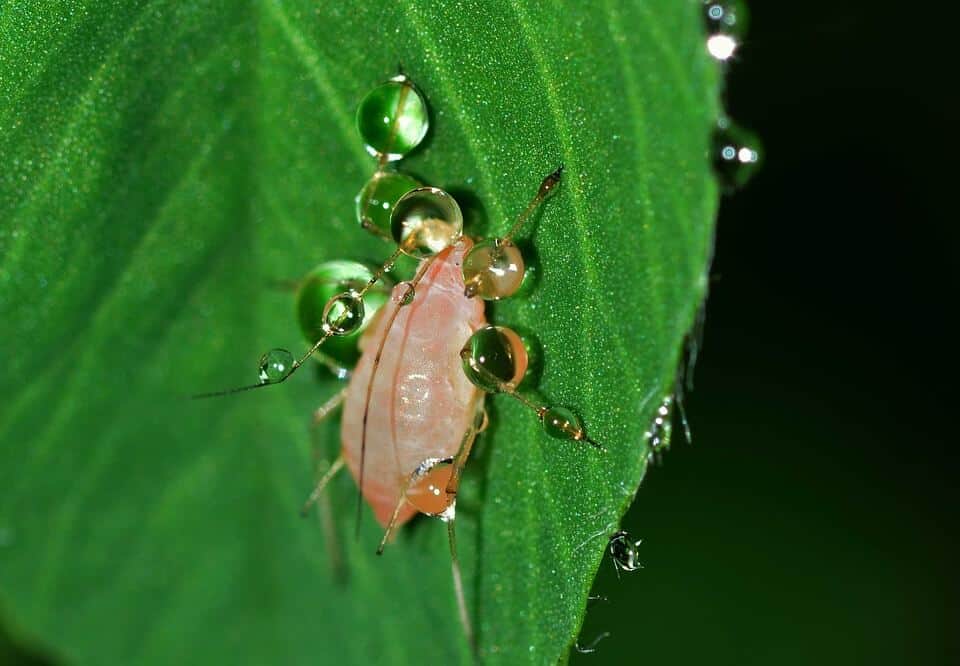
If the plague persists or is very abundant, we will also apply neem extract.
cabbage fly
It burrows into the neck of the cabbage stem and hollows it out, causing the leaves to shrivel and die.
To prevent cabbage fly infestation, it is advisable to eliminate all competing weeds, as they are a good refuge for them.
In addition, you have to alternate the cultivation of cruciferous.
Cabbage butterfly
It lays its eggs on the underside of the leaves. When they hatch, their larvae eat the leaves, leaving the central nerve.
Powdered Bacillus thuringiensis can control cabbage moth attacks.
White fly
They cause yellowish spots on the leaves.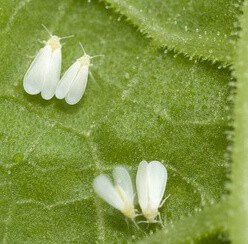
To prevent them, it is recommended to spray the underside of the leaves with 1 % potassium soap with rain or distilled water.
cabbage hernia
It is a disease caused by a fungus that produces bumps on the stem and ends up withering the leaves of the plant.
It is more common in very acidic soils.
You can stop this disease by removing all infected plants.
You should do a thorough checkup, as the fungus is highly contagious and spreads quickly.
To prevent its reappearance, it performs rotations of 4 to 5 years and improves the drainage of the land.
Cabbage Properties
Cabbage is a super food.
It has innumerable health benefits. Below we expose the nutrients and properties that a cabbage has per 100 grams, source: Wikipedia):
- Carbs 5.8 grams.
- Sugars 300 grams.
- Dietary fiber 2.5 grams.
- Fat 0.1 grams.
- Proteins 1.28 grams.
- Thiamine (vit. B1) 0.061 mg (5%).
- Riboflavin (vit. B2) 0.040 mg (3%).
- Niacin (vit. B3) 0.234 mg (2%).
- Pantothenic acid (vit. B5) 0.212 mg (4%).
- Vitamin B6 0.124mg (10%).
- Vitamin C 36.6mg (61%).
- Vitamin K 76 μg (72%).
- Calcium 40mg (4%).
- Iron 0.47 mg (4%).
- Magnesium 12mg (3%).
- Manganese 0.16 mg (8%).
- Phosphorus 26 mg (4%).
- Potassium 170mg (4%).
- Sodium 18mg (1%).
- Zinc 0.18mg (2%).
To know more, read: Cabbage Varieties.

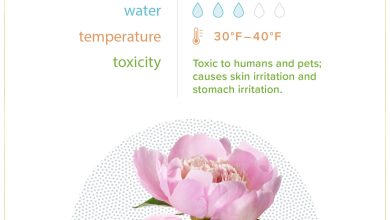
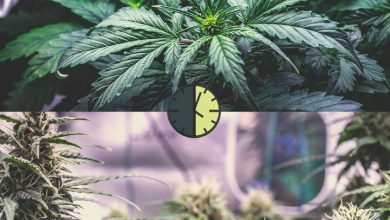
![Photo of List of [20] Tropical Plants with Images and Care](https://www.complete-gardening.com/wp-content/uploads/2022/08/list-of-20-tropical-plants-with-images-and-care-390x220.jpg)
